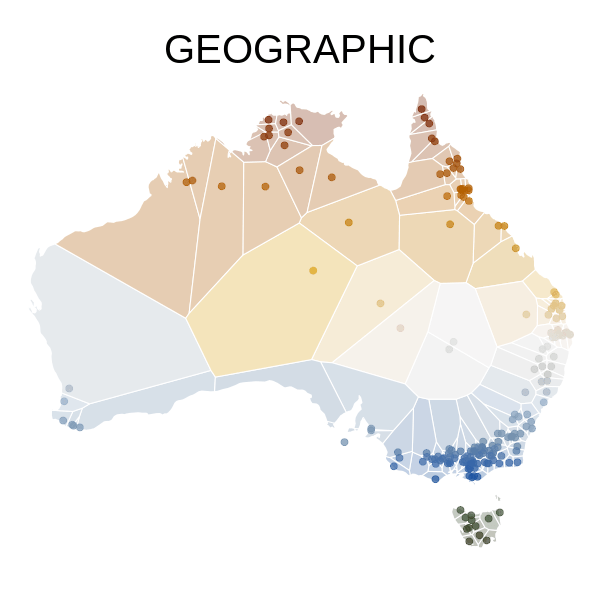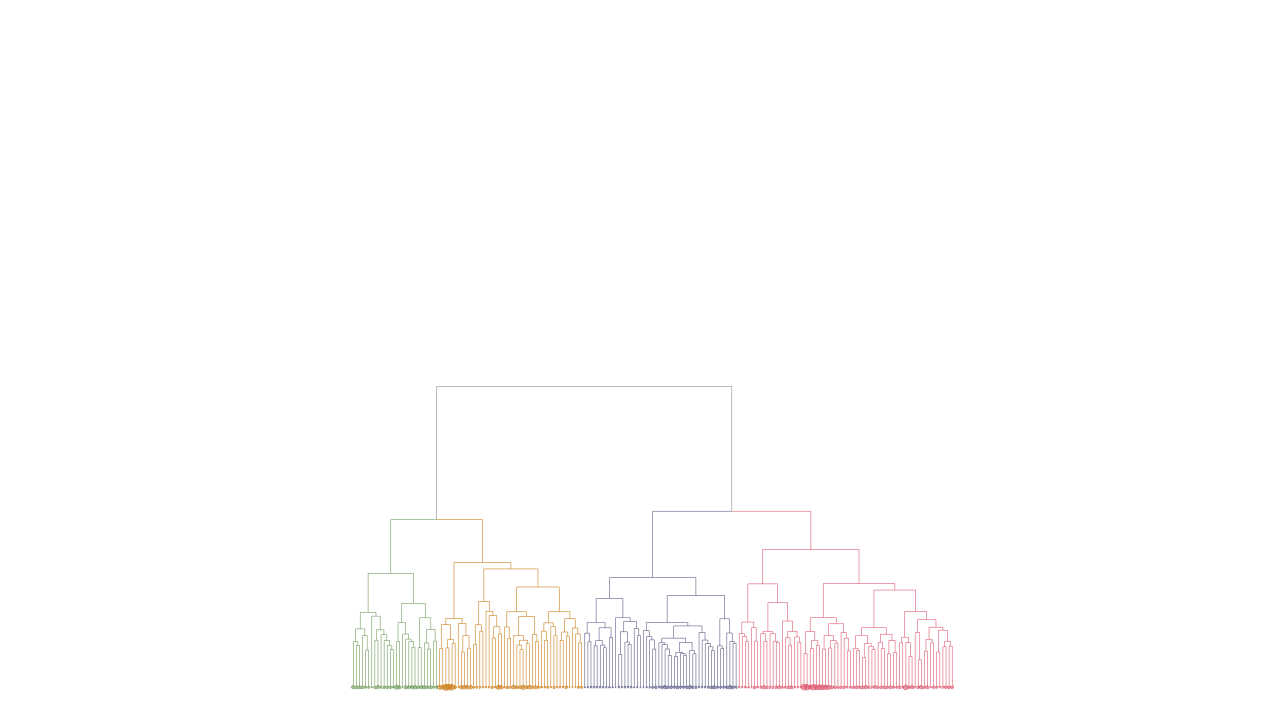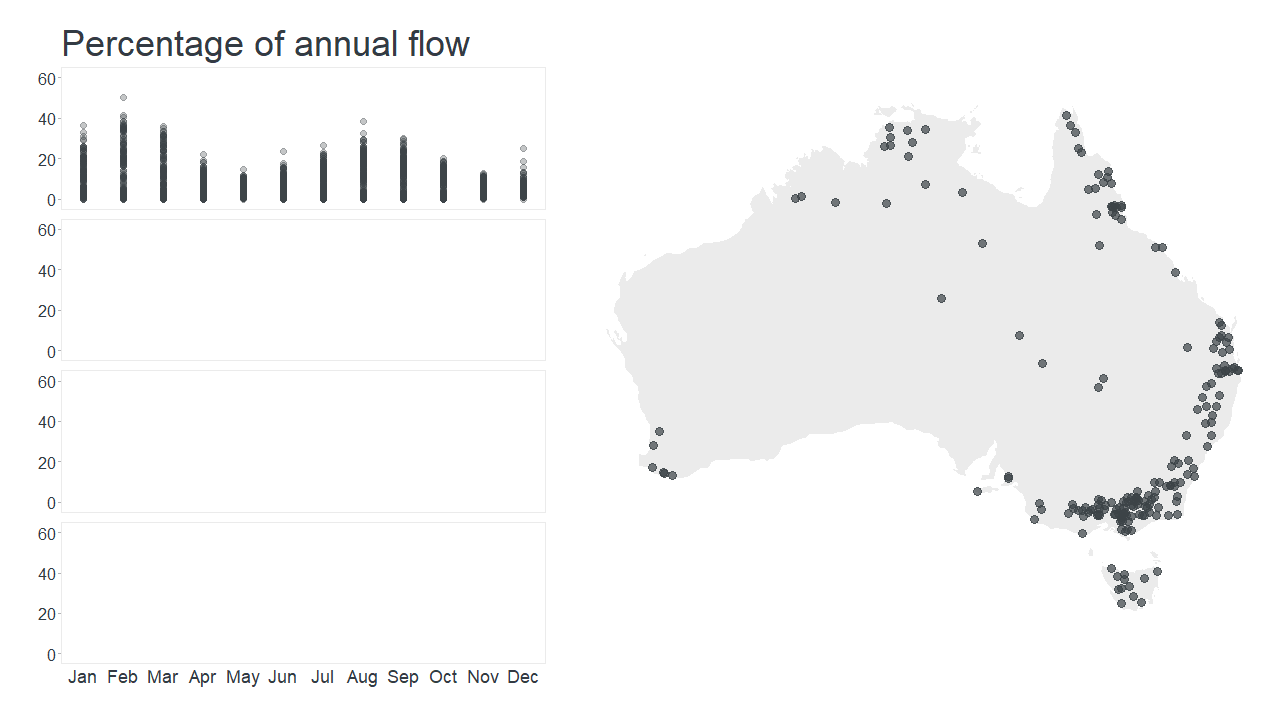Revealing Hidden Climate Indices
In a previous post, we illustrated a widely used method called principal component analysis (PCA). This method can be used as an exploratory tool to summarise a dataset made of hundreds or thousands of time series into just a few ‘summary’ time series called principal components.




